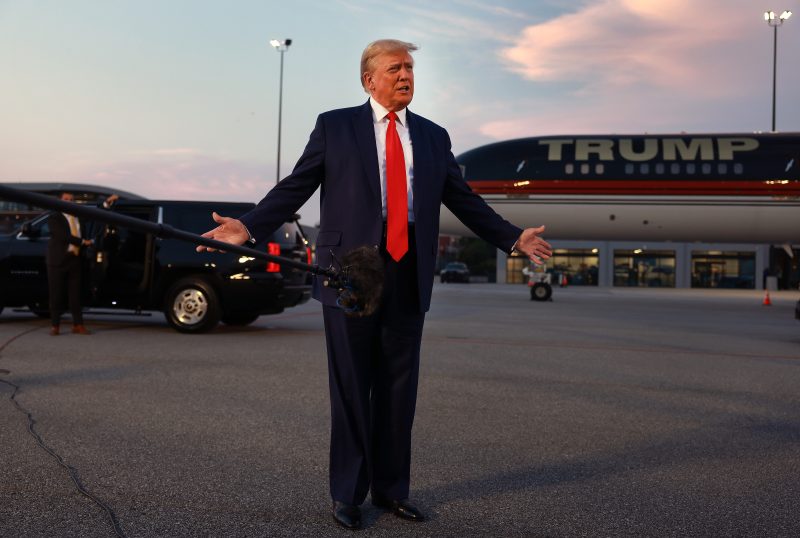The fact that Donald Trump is the huge favorite to win the 2024 GOP nomination isn’t news.
But if the question is whether anyone can feasibly overtake him, it’s possible to get a clearer picture by putting his domination of the field in context. And that context is that he appears to be on the cusp of locking down a level of support that, historically, has meant victory in each early primary or caucus state.
Trump’s wide lead in the early states is one thing; he’s up by at least 25 points in each of the first five contests, according to the FiveThirtyEight averages. But just as important as the lead itself is the voters who make up that lead: A much higher share of Trump supporters say they’ll definitely vote for him than supporters of the others in the race say they’ll definitely vote for those candidates.
Trump has locked down at least 70 percent of his supporters in recent polls of the five earliest states: Iowa, New Hampshire, Nevada, South Carolina and Michigan. And it’s 80 percent or higher of Trump backers in every state except Iowa who say they’ll definitely back him.
This is where Trump has especially gained ground in recent months. The venerable Iowa poll from J. Ann Selzer until recently showed just more than one-quarter of Republican primary voters were completely set on Trump; its most recent poll shows that number rising into the mid-30s. The trend is virtually the same in New Hampshire polling conducted by the University of New Hampshire Survey Center.
Recent CNN polls showed a majority of Nevada GOP voters and more than 4 in 10 South Carolina voters definitely voting for Trump. And this week’s new Washington Post/Monmouth University poll of the fifth state, Michigan, showed a level of definite support similar to that of Iowa and New Hampshire.
Why that’s crucial: Those numbers are mostly right around what you generally need to win these states. In GOP primaries not including an incumbent president since 1980, the average winner took 32 percent in Iowa, 39 percent in New Hampshire, 49 percent in Nevada, 44 percent in South Carolina and 47 percent in Michigan.
With the exception of that last one, Trump’s definite support is right around or even exceeding the average primary or caucus winners’ shares. And again, this is excluding a significant chunk of voters who support him but aren’t fully committed.
Here’s how that looks in each state:
Trump’s primary opponents clearly needed something major to happen as the elections near to cause people to change their minds. But these data reinforce that they not only need to chip away at his support; they probably have to win over voters who say they’re completely set on Trump right now.
That’s a taller task.








